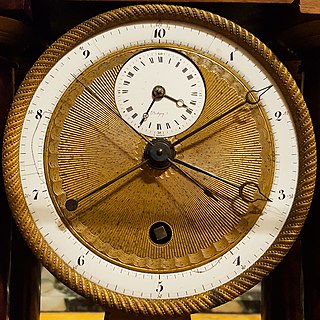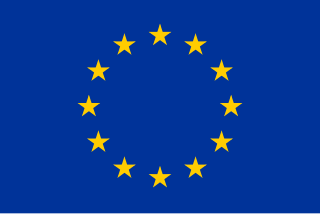 W
WMetrication or metrification is the act or process of converting to a metric system of measurement. All over the world, nations have transitioned from their local and traditional units of measurement to the metric system. This process began in France during the 1790s and continues more than two centuries later. The metric system has not been fully adopted in all countries and sectors.
 W
WDecimal time is the representation of the time of day using units which are decimally related. This term is often used specifically to refer to the time system used in France for a few years beginning in 1792 during the French Revolution, which divided the day into 10 decimal hours, each decimal hour into 100 decimal minutes and each decimal minute into 100 decimal seconds, as opposed to the more familiar UTC time standard, which divides the day into 24 hours, each hour into 60 minutes and each minute into 60 seconds.
 W
WAs of 2009, the European Union had issued two units of measurement directives: In 1971 it issued Directive 71/354/EEC which required EU member states to standardise on the International System of Units (SI) rather than use a variety of CGS and MKS units then in use. The second, which replaced the first, was Directive 80/181/EEC made in 1979 and amended in 1984, 1989, 2000 and 2009. It issued a number of derogations to the United Kingdom and Ireland based on the former directive.
 W
WThe history of the metric system began during the Age of Enlightenment with measures of length and weight derived from nature, along with their decimal multiples and fractions. The system became the standard of France and Europe within half a century. Other measures with unity ratios were added, and the system went on to be adopted across the world.
 W
WISO 216 is an international standard for paper sizes, used across the world except in North America and parts of Latin America. The standard defines the "A", "B" and "C" series of paper sizes, including A4, the most commonly available paper size worldwide. Two supplementary standards, ISO 217 and ISO 269, define related paper sizes; the ISO 269 "C" series is commonly listed alongside the A and B sizes.
 W
WThe joint European standard for size labelling of clothes, formally known as EN 13402 Size designation of clothes, is a European standard for labelling clothes sizes which has been partially adopted, and aims to make it easier to find and select fitting clothes. The standard is based on body dimensions measured in centimetres, and as such aims to allow for finding fitting clothing sizes by measuring the body with a tape measure or by comparing to already fitting clothing which conforms to the EN 13402 standard. The standard can therefore contribute to more environmentally friendly trade as it can lead to less return of clothes bought on the internet.
 W
WThe Measuring Instruments Directive 2014/32/EU, is a directive by the European Union, which seeks to harmonise many aspects of legal metrology across all member states of the EU. Its most prominent tenet is that all kinds of meters which receive a MID approval may be used in all countries across the EU.
 W
WThe Metre Convention, also known as the Treaty of the Metre, is an international treaty that was signed in Paris on 20 May 1875 by representatives of 17 nations. The treaty created the International Bureau of Weights and Measures (BIPM), an intergovernmental organization under the authority of the General Conference on Weights and Measures (CGPM) and the supervision of the International Committee for Weights and Measures (CIPM), that coordinates international metrology and the development of the metric system.
 W
WThe two-liter bottle is a common container for soft drinks, beer, and wine. These bottles are produced from polyethylene terephthalate, also known as PET plastic, or glass using the blow molding process. Bottle labels consist of a printed, tight-fitted plastic sleeve. A resealable screw-top allows the contents to be used at various times while retaining carbonation.